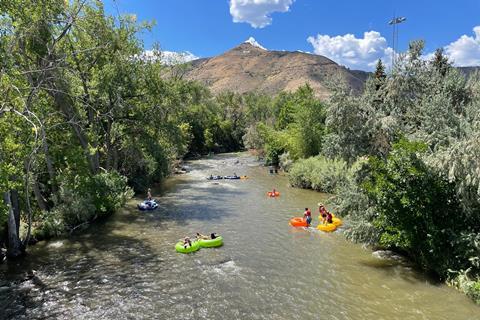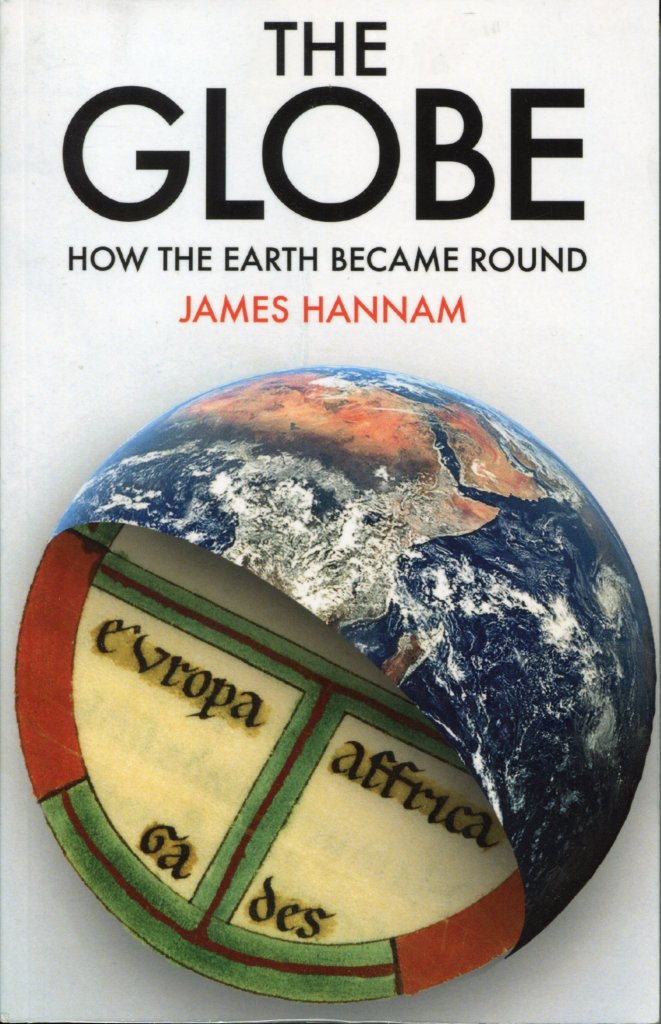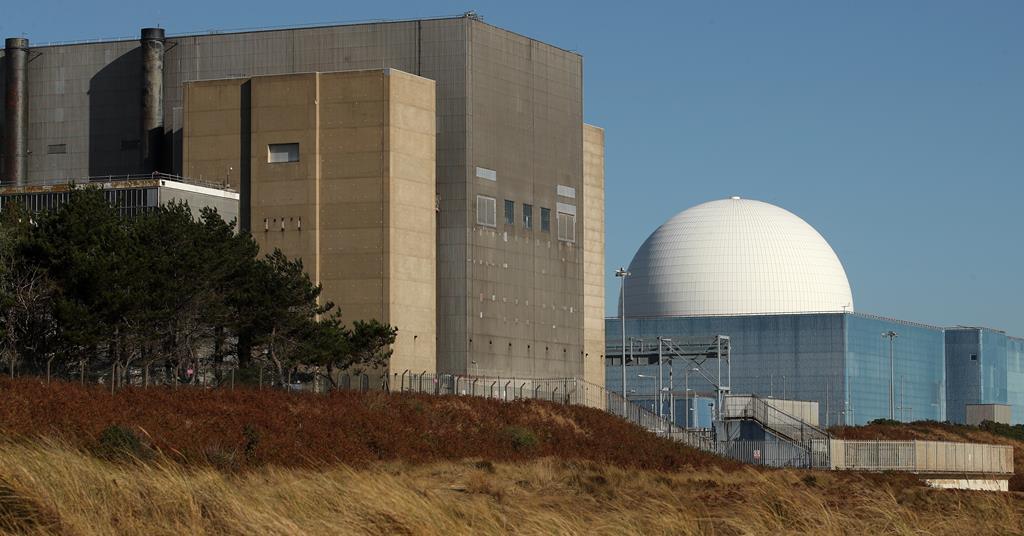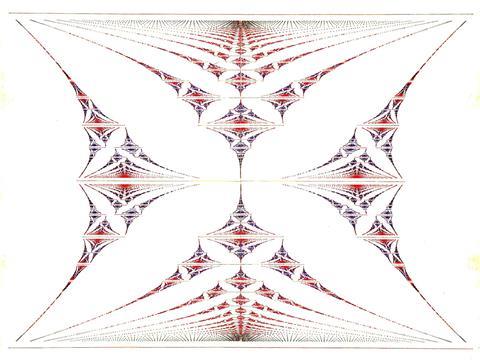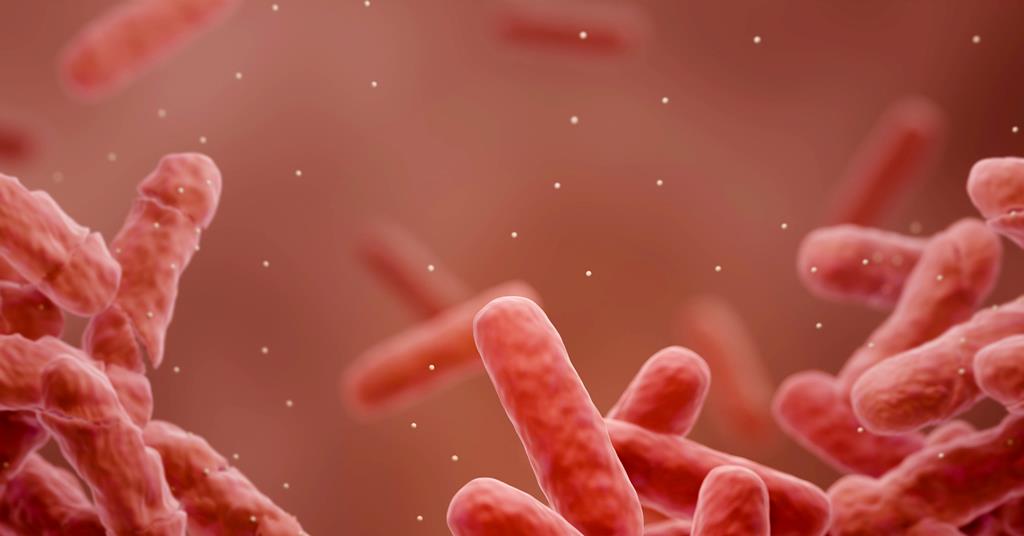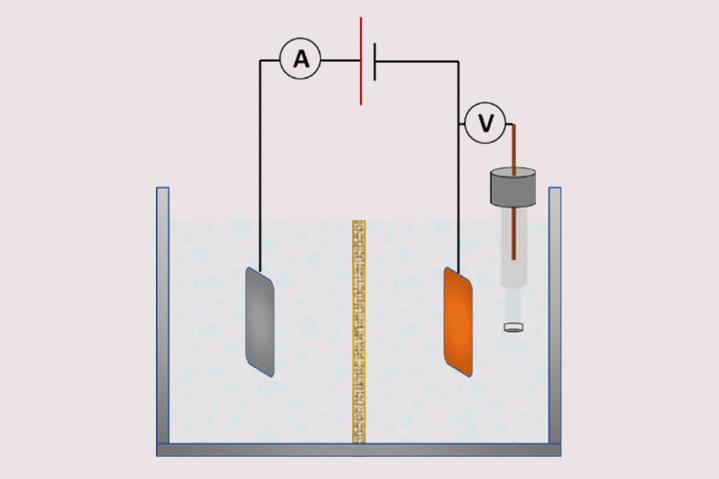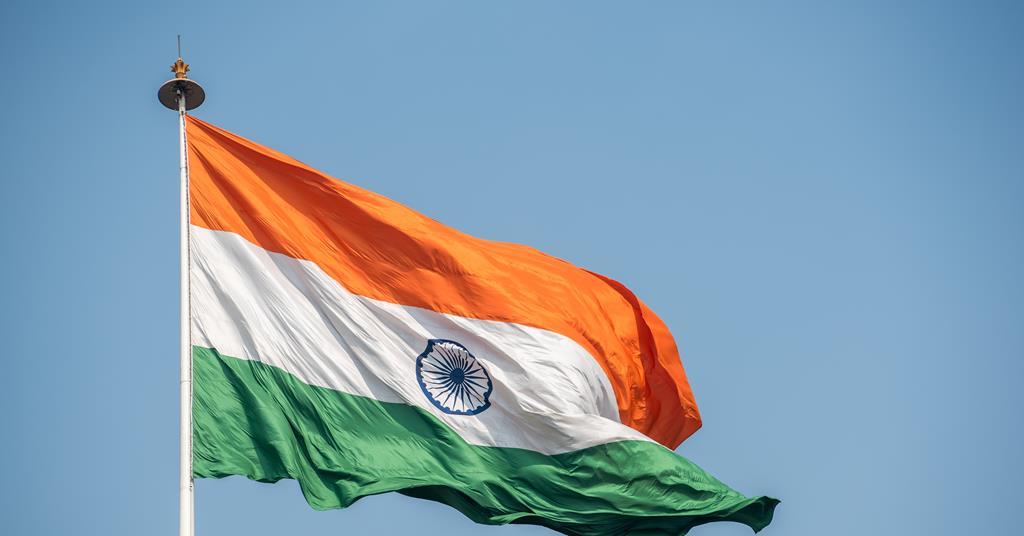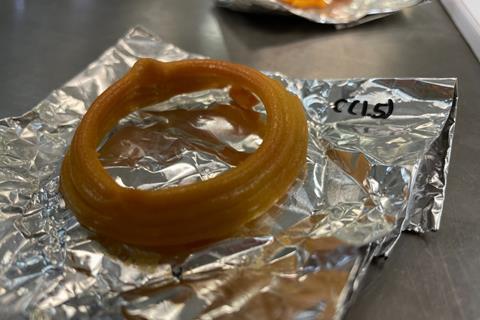Human activities like tubing and swimming significantly impact river chemistry, according to preliminary results from researchers at Johns Hopkins University and Colorado School of Mines that were presented at the autumn meeting of the American Chemical Society (ACS) held in San Francisco, California and virtually. Last year, the Hopkins-led team examined samples from Clear Creek […]
Read More